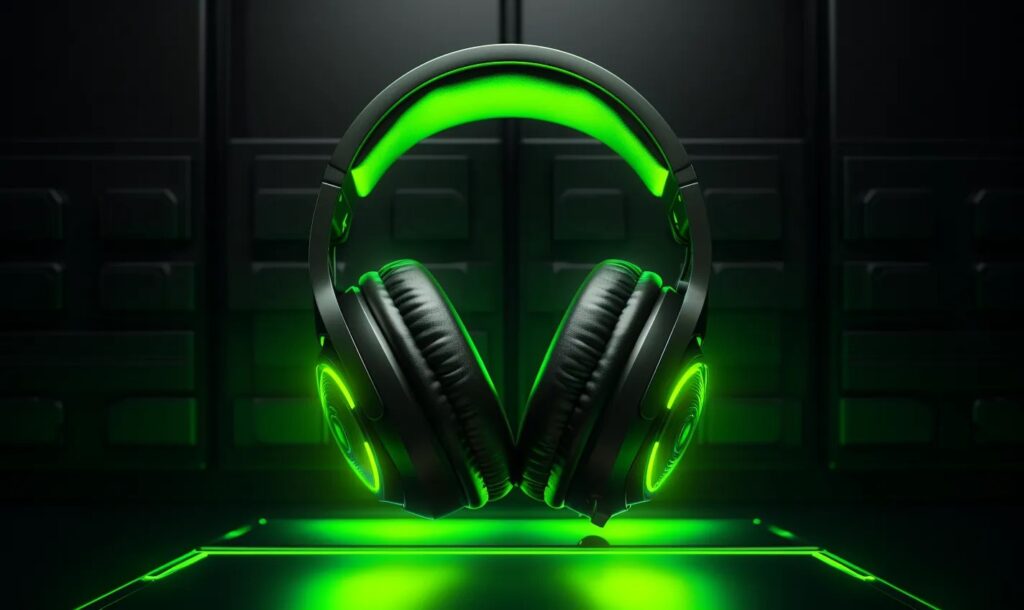Internet radio is constantly changing with new music trends and the industry’s development of tools for sharing music on a large scale. From mixtapes to Spotify playlists, genres and music-sharing methods have changed to meet the internet’s exponential growth.
This is why the classic often comes back to stir the modern music pot — and lo-fi, or low fidelity, music has a whole new meaning in 2022 than it did when it originated. Today, we’re going to analyze the foundations of lo-fi music and how new genres and lifestyles constantly evolve through playlists.
The History Behind the Trendy Sensation
The origins of lo-fi begin in the 1950s with an inconsistent history that, even today, some music experts cannot agree on definitions or characteristics. Most importantly, they couldn’t determine their degree of respect toward the revolution, especially when hi-fi was the goal of many aspiring musicians.
However, this changed in the late 1980s when WFMU DJ William Berger popularized the term. Now, critics look back and notice some of the world’s greatest artists, including Paul McCartney. He influenced modern lo-fi greats like Neutral Milk Hotel, and even The Beatles incorporated lo-fi elements into his recordings.
The 2003 musical political commentary “Hop on Pop” noted how Rolling Stone may have overused the term lo-fi in the mid-1990s, labeling countless bands under that umbrella due to its lack of uniformity and definition. Despite this, musicians can incorporate lo-fi elements into any genre.
In the modern age, lo-fi music splits into many adjacent microgenres with the rise of bedroom musicians, including:
- Lo-fi hip-hop
- Chillwave and chillhop
- Downtempo
- Vaporwave
- Slacker rock
- Hypnagogic pop
Other contemporary musicians embracing the aesthetic include The Mountain Goats and Beck, reminding those into the popular lo-fi hip-hop Spotify playlists that rock, punk and folk also have lo-fi traits.
This accentuates the widespread phenomenon and how it permeates into new music trends like cassette collection in the 2020s and creating music studios from your laptop.
The Defining Characteristics of Lo-fi Creation
Musicians embraced lo-fi to highlight the imperfections of music creation, including scratches, pops, glitches and distortion in instrumentation. With its DIY style and the comeback of vinyl and cassette culture, it provides musical nostalgia for all generations. Using analog instead of digital techniques facilitates a comforting static most associated with the genre.
Even though lo-fi can be heard in alternative rock and indie genres, the modern association with lo-fi hip-hop is the most prevalent. This age of lyricless beats still incorporates the imperfections of traditional lo-fi with even more sampling. If there are voices on the track, it is usually from early television or even radio recordings.
Contemporary lo-fi contains these three characteristics:
- Drum loops: These beats that define modern lo-fi hip-hop usually range between 70-90 BPM.
- Jazz chords: This adds to the relaxing sound, incorporating instruments like horns and piano.
- Samples: This encapsulates the visual and additional audio elements, such as accompanying artwork or audio samples, spoken word or not.
The Influence on Modern Culture
Though countless lo-fi artists receive millions of plays on Spotify, the revolution is thanks to Lofi Girl. This creator popularized the trend of infinitely looping, constantly refreshing background music playlists to chill and study while drinking a warm beverage.
Due to the lo-fi music featured in the 2006 anime “Samurai Champloo” soundtrack, musician Nujabes created the visual link between modern lo-fi and Japanese animation. This honed the visual aesthetic of lo-fi culture, culminating in Japanese influences and retro video game inspiration.
Because of lo-fi, it also caused modern bands to rerelease albums on cassette and vinyl again. Sales have skyrocketed in the last several years as artists realize there is a market for them again.
The lo-fi trajectory also increased awareness of independent music creation. Since anyone can set up a music studio anywhere, it democratizes the art even more by eliminating the necessity of traveling and recording in an official studio. It expands what counts as musical and what technologies create music people want to hear — one including mentions of casserole dishes as instruments in liner notes.
The Calm Vibes of the Lo-fi Movement
Though Lofi Girl and Sonic Youth don’t have much in common, there are plenty of overlaps with how each lo-fi musical composition forms. Listeners across decades find a calming atmosphere and sense of ease in the instrumentation, whether through vinyl or SoundCloud.
Who knows what the future of the lo-fi music industry will contain, but the renaissance warrants attention from fans and newcomers alike.
Recent Stories
Follow Us On
Get the latest tech stories and news in seconds!
Sign up for our newsletter below to receive updates about technology trends














